|
Yesterday, I cut the second of two warps off my SAORI loom. I had the idea for this fabric back in February - a highly textured warp woven loosely with a plain weft. I also wanted lots of shades of a similar color. I found a couple of different textured yarns that I liked - Woolfolk's Flette and Plymouth Yarn's Arequipa aventura. I had two skeins of each, and each skein was a slightly different shade of gray. I set them aside to marinate for a while, and discovered I had lots of unplied CVM singles from the first fleece I'd ever bought. I went ahead a plied them to make some of the softest yarn I've ever felt. Then I did another stash dive and found some laceweight gray alpaca yarns - some dark gray and some a pale silver. I started warping and designing in the reed for a fabric the width of my Saori WX60 loom (60 centimeters, or about 23.5 inches). It was still missing something, so I hopped on over to Spun and picked up two skeins of HiKoo's SimpliNatural in a dark gray and light silver color. Winding the warp for this fabric was no picnic. It wanted to tangle at every opportunity, and because many of the warp yarns were so thick, it wouldn't all fit on the warp beam - I had to cut off the last two yards and turn them into a separate warp. There were also lots of different kinds of yarn in this fabric - some very stretchy wool, some a little stretchy, and some not-stretchy-at-all alpaca. This was challenging both in the warping and the weaving - keeping an even tension on all these yarns was difficult, and led to a higher-than-average amount of loom waste. Once I got the hang of it though, these pieces were quick and easy to weave. The weft is a wool/cashmere blend. Above on the left, you can see the fabric as it comes right off the loom, and on the right, after wet finishing. The fabric is insanely soft and has the most fabulous drape. What will it become? I'd originally envisioned it as a throw blanket in three panels, but having to cut the warp in half may have thrown a wrench in that plan. So far, only the smaller piece has been wet-finished. Once I wet-finish the larger piece, I'll know more about how much fabric there is to work with.
I've been chugging away behind the scenes, dyeing up a storm of fiber for a shop update. There are plenty more braids coming, but the first is Monsoon Sunset. This is a handpainted braid available in my shop. It's inspired by those fiery sunsets full of saturated color after a thunderstorm, and moves in a subtle gradient from coral oranges, to pinks, to purple, to the inky color of a thundercloud still lingering on the horizon, and then reverses itself to go back through the sequence of colors a few more times. This braid is comes as 6 ounces of Merino fiber (it's also available in BFL, merino/silk, and Falkland, you just have to ask!). I've always been a little frustrated that 4-ounce braids never seem to be quite enough for what I want to make, so I wanted to try a 6 ounce braid. Most of the bobbins on my spinning wheels can hold up to 4 ounces of fiber, but I have a few bobbins I use for plying that hold 6-8 ounces, so 6 ounces seemed like the perfect thing to try. You can see how the colors change in the loooong picture below - even braided it's a lot of fiber! To spin this yarn, I separated the braid in the middle, between the two sections of gray. I spun two plies at about 40 wpi, then plied them together to get a skein that is pure magic. This braid would also look really interesting spun end to end (it would have more color repeats), or as a fractal yarn. I can't wait to see what someone does with it!
Recently, I reorganized my bookshelves, which included a total overhaul of how I organize my fiber arts books. Previously, there were a couple of knitting shelves, a spinning shelf, a weaving shelf, and a bunch of other books crammed in wherever they could fit. Then there were even more books all over my house...what can I say? I like books!
Organizing reference books has always been a bit of a challenge for me, especially when it comes to textile books. I want to be able to quickly locate garment design books, for example, or my stranded colorwork books. Some books clearly fall into one category, while others could fit into two or even three categories. With my recent reorganization, I used new and bigger bookshelves (these), so there was space to split books up into the following categories and sub-categories:
And those are just the books! In the cabinets at the bottom, I've stored some of the more unruly-looking things, like magazines, binders, and notebooks. So far I have been using this system for a couple of months, and it feels a lot easier to use. Not only are books easier to find, but they're more likely to get put away when I'm done with them. Plus, because there's a little bit more space than I need, it just feels more organized. And because the system is modular, it's possible to move, add, and adjust shelves over time. Do you have a ton of craft books? How do you organize them? Let me know in the comments! |
Archives
January 2024
Categories
All
This website uses marketing and tracking technologies. Opting out of this will opt you out of all cookies, except for those needed to run the website. Note that some products may not work as well without tracking cookies. Opt Out of Cookies |
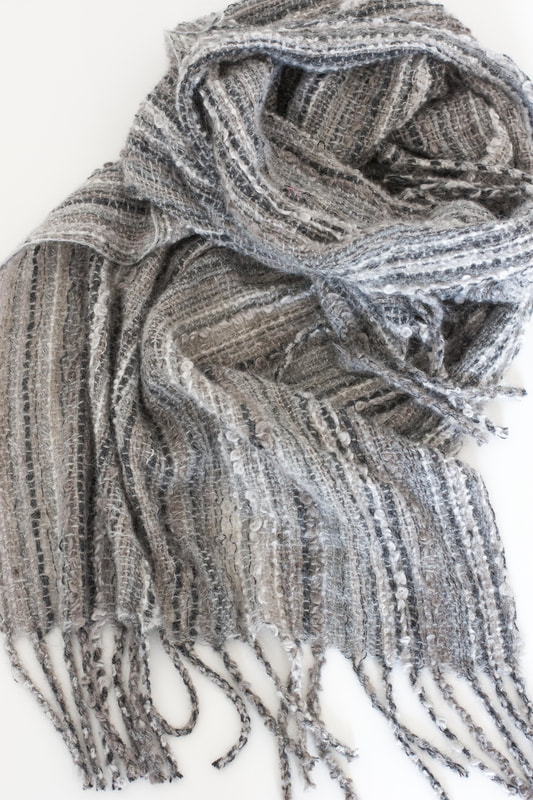


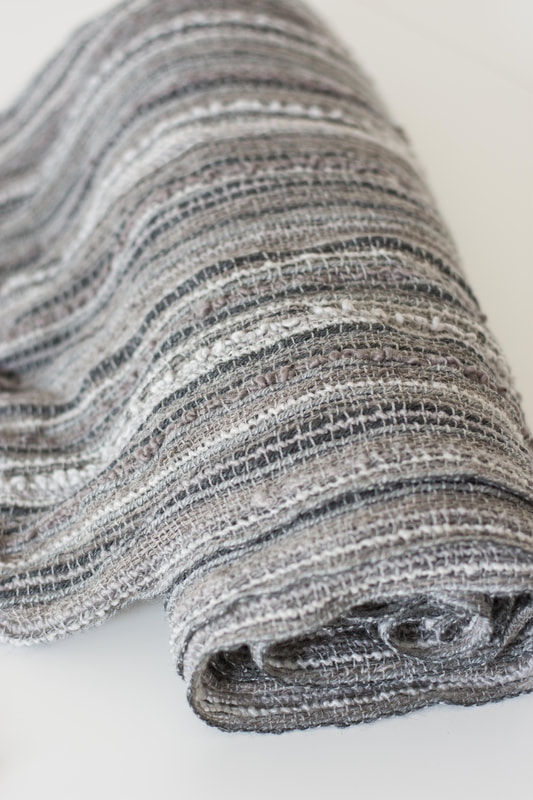
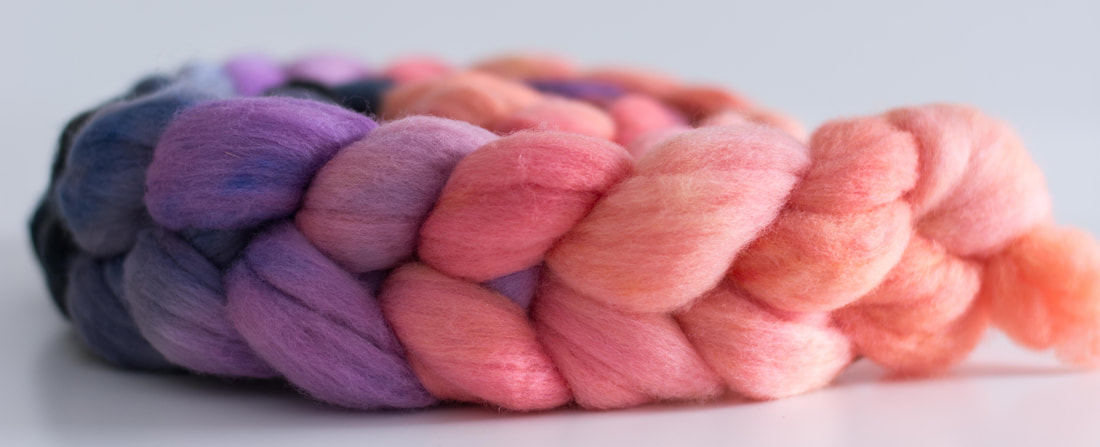


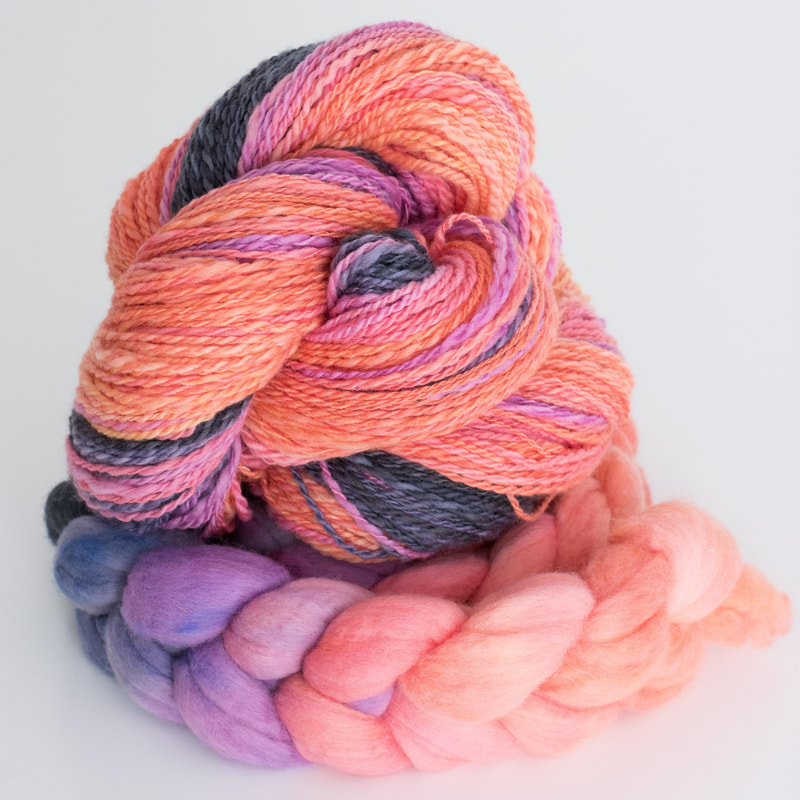
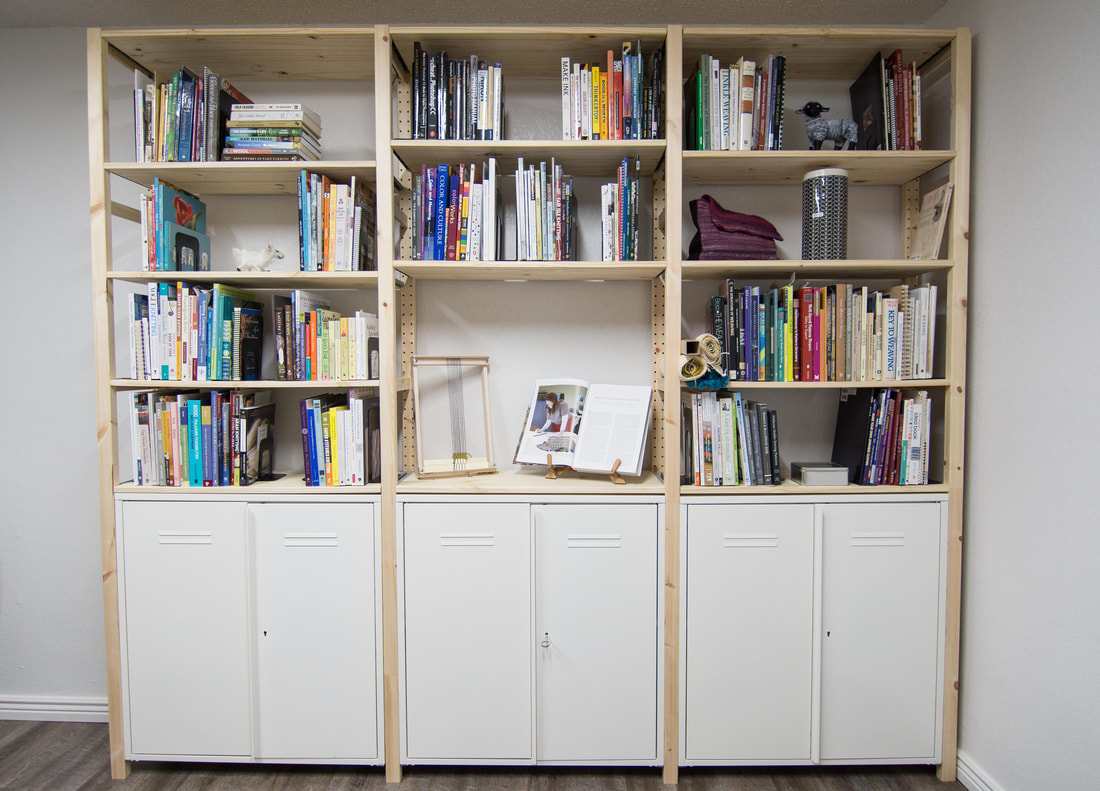
 RSS Feed
RSS Feed